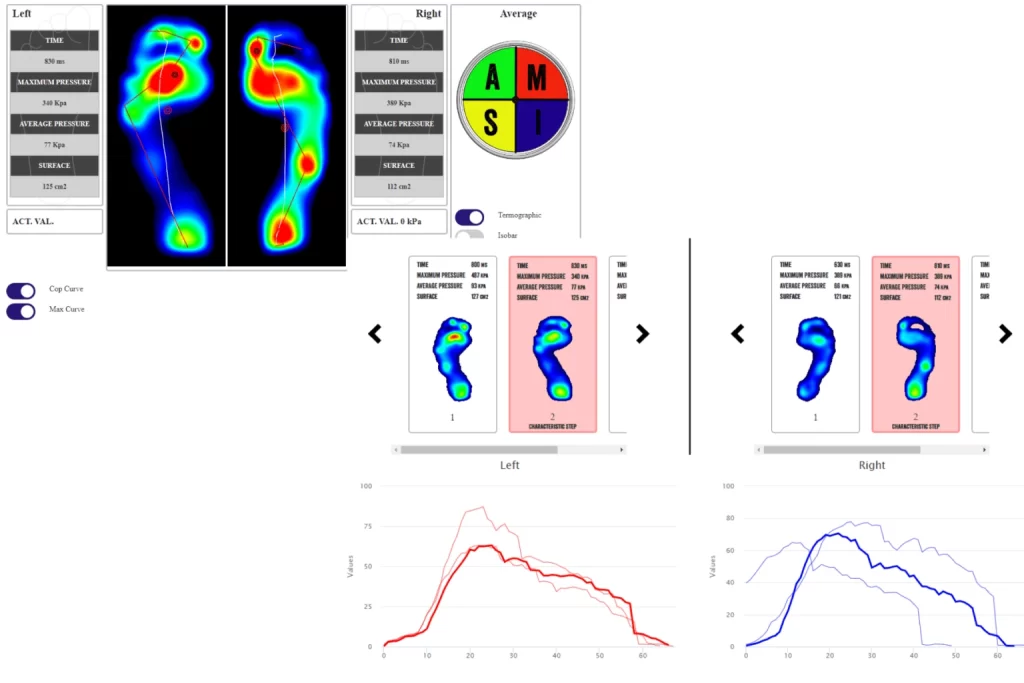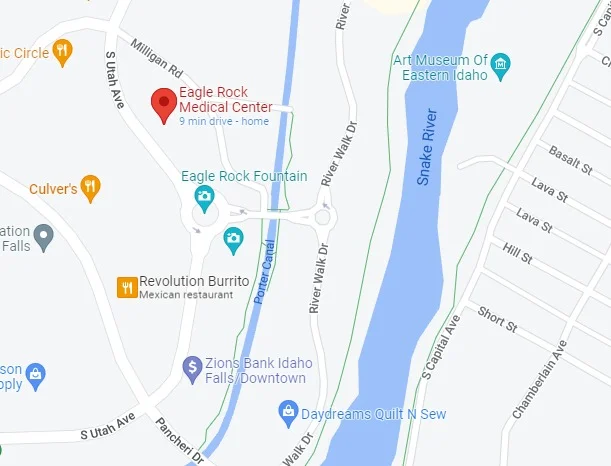- (208) 425-6020
- clinic@eaglerockmedical.com
- 919 South Utah Avenue Idaho Falls, ID 83402
- Home
- Plantar Fasciitis
Plantar Fasciitis
What is plantar fasciitis?
is one of the most common causes of heel pain. It involves inflammation of a thick band of tissue that runs across the bottom of each foot and connects the heel bone to the toes (plantar fascia).
Plantar fasciitis commonly causes stabbing pain that usually occurs with your first steps in the morning. As you get up and move, the pain normally decreases, but it might return after long periods of standing or when you stand up after sitting.
Causes and Risk Factors
The plantar fascia is a band of tissue (fascia) that connects your heel bone to the base of your toes. It supports the arch of the foot and absorbs shock when walking.
Tension and stress on the fascia can cause small tears. Repeated stretching and tearing of the facia can irritate or inflame it, although the cause remains unclear in many cases of plantar fasciitis.
Even though plantar fasciitis can develop without an obvious cause, some factors can increase your risk of developing this condition. They include:
- Age. Plantar fasciitis is most common in people between the ages of 40 and 60.
- Certain types of exercise. Activities that place a lot of stress on your heel and attached tissue — such as long-distance running, ballet dancing and aerobic dance — can contribute to the onset of plantar fasciitis.
- Foot mechanics. Flat feet, a high arch or even an atypical pattern of walking can affect the way weight is distributed when you’re standing and can put added stress on the plantar fascia.
- Obesity. Excess pounds put extra stress on your plantar fascia.
- Occupations that keep you on your feet. Factory workers, teachers and others who spend most of their work hours walking or standing on hard surfaces can be at increased risk of plantar fasciitis.
Testing and Treatment
In addition to physical examination, it is also important to objectively measure the stress on the plantar fascia through plantar pressure examination. As the foot moves through the gait cycle, it loads pressure and the pressure transfers through the foot starting at heel strike and completing at toe off. During a walking test we can objectively measure the forces and time integrals leading to abnormal stress on the plantar fascia. From this information we can effectively design and fabrication custom orthotics to optimize the stresses on the structures of the foot and which lead through a kinetic chain though out the body. After treating the core defect, we can accelerate healing through several modalities to help you become pain free.


